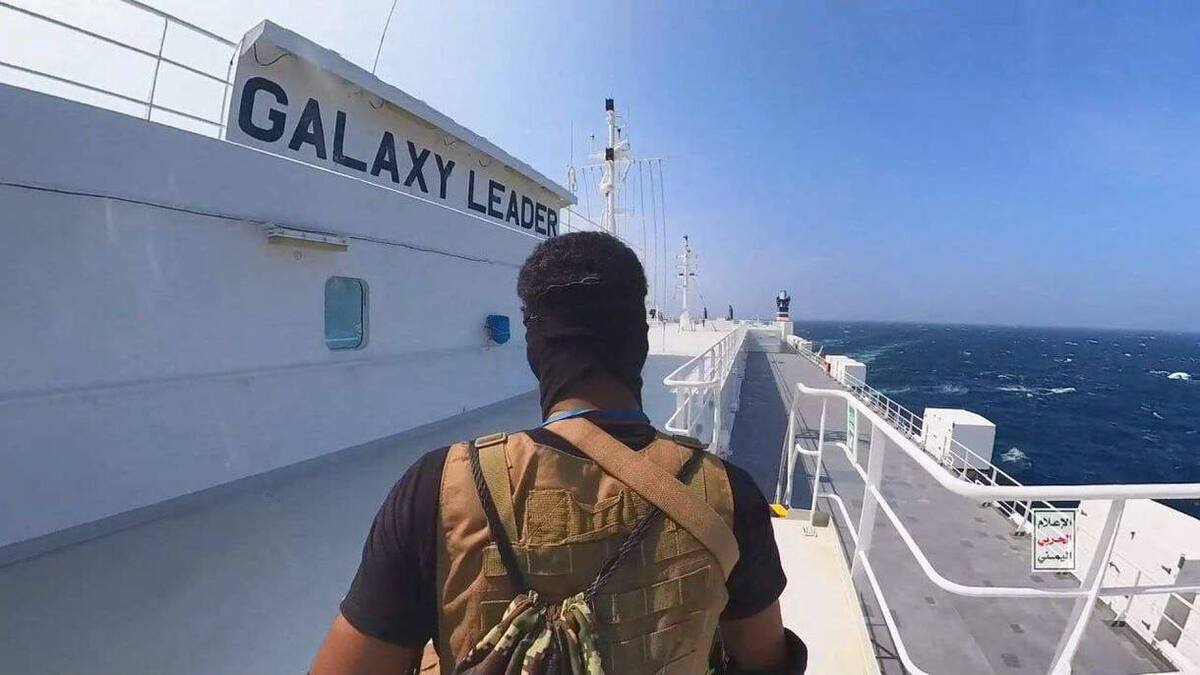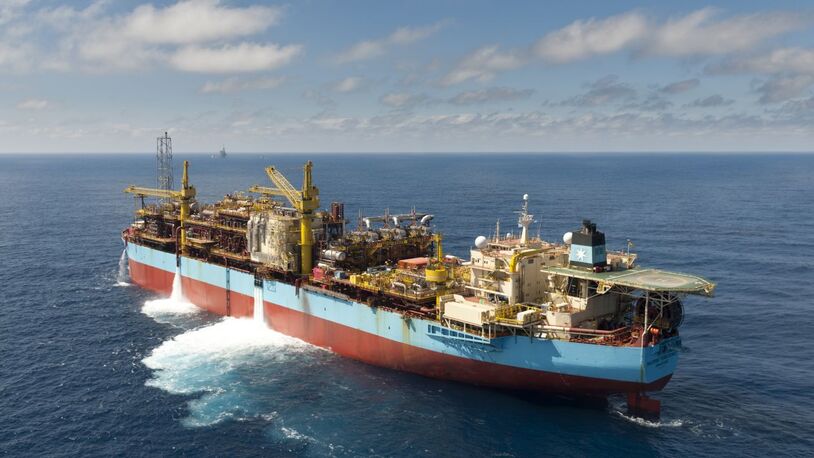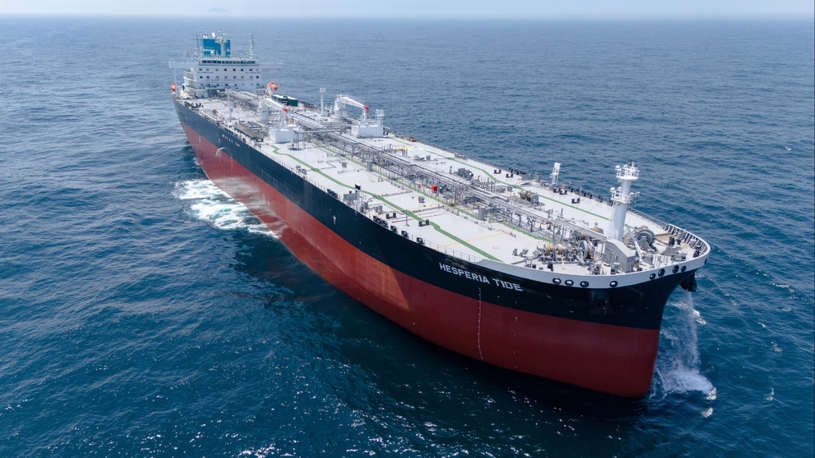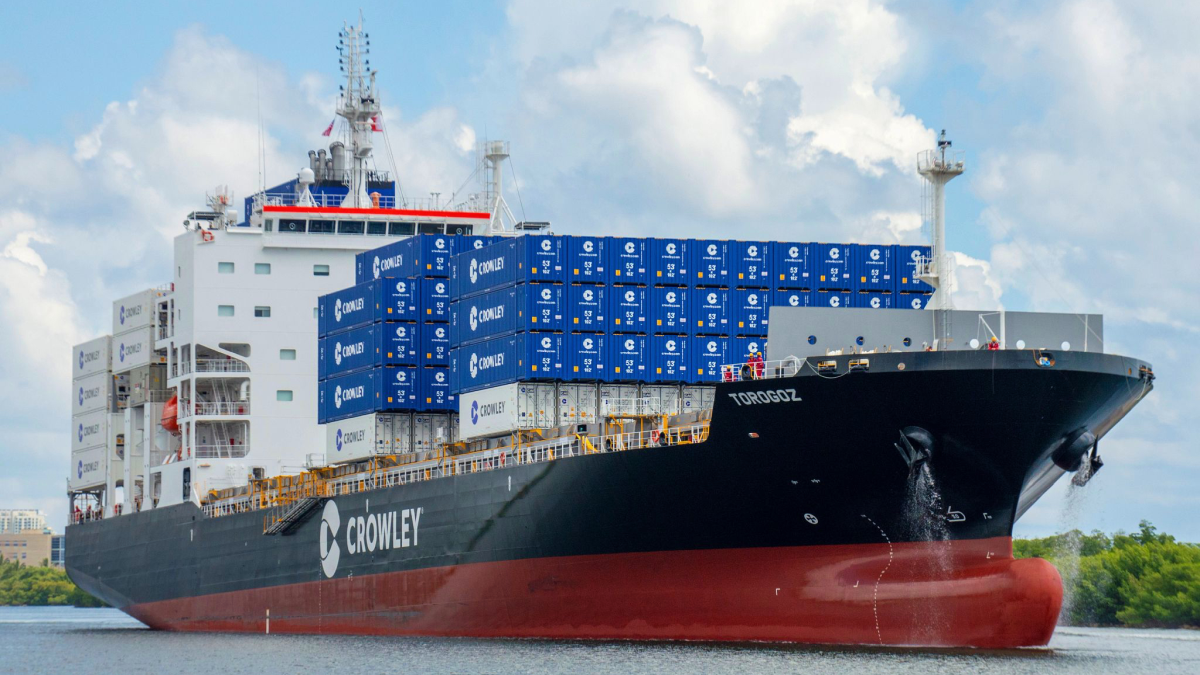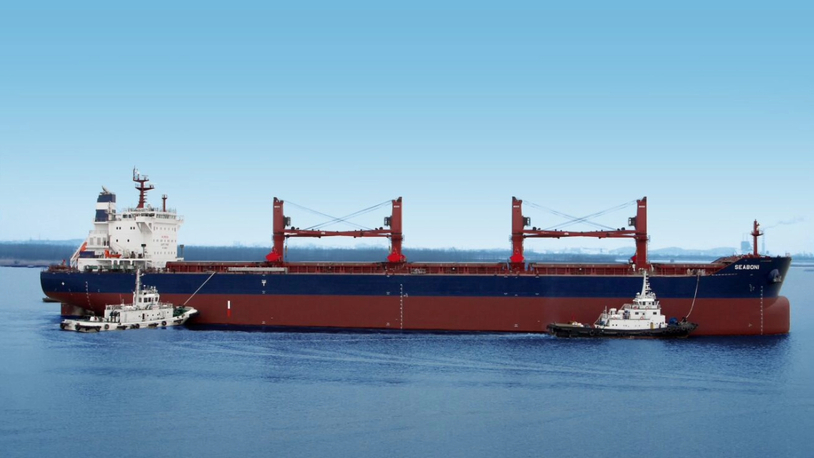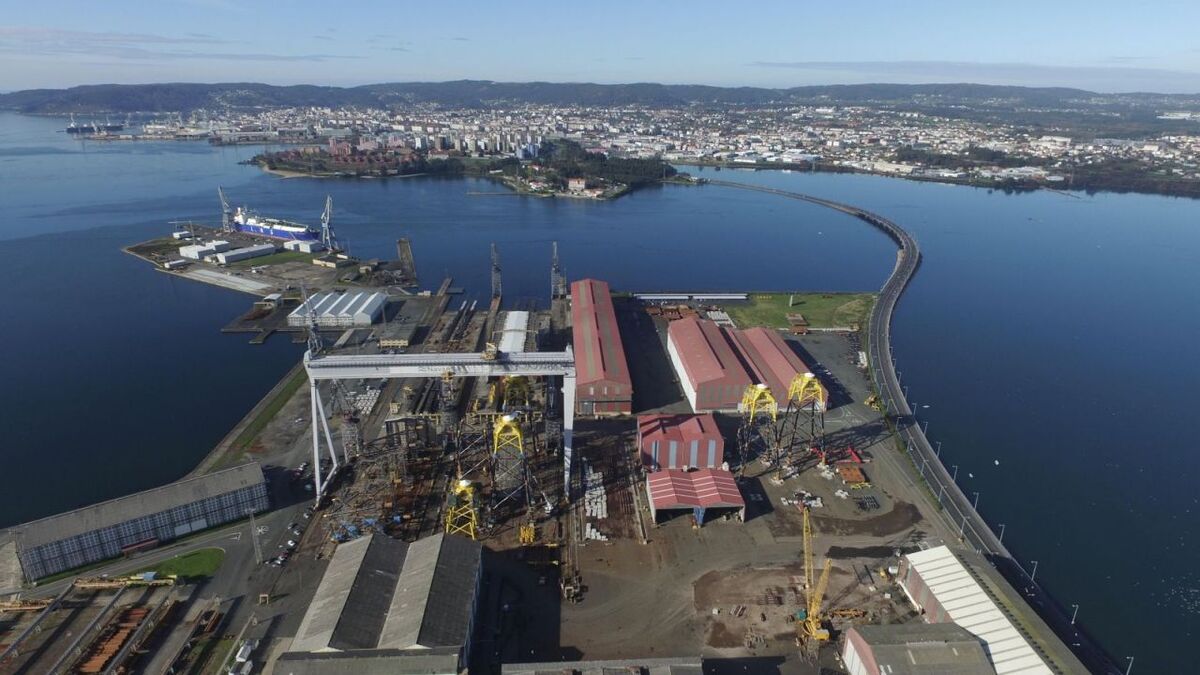Business Sectors
Events
Contents
Register to read more articles.
Vortexa: Red Sea attacks yet to push majority of tanker market to reroute
As attacks in the Red Sea persist, freight rates for key flows via the region have surged while remaining largely unaffected on a global scale, according to analysis by Vortexa
Energy cargo analyst Vortexa notes that while tanker diversions have picked up in the span of the last two weeks, they are not occuring en masse as tankers and energy volumes continue to flow via the Red Sea. Instead, these diversions are at large constrained to US/EU/Israel-linked entities and also the companies that announced the decision to divert via the Cape of Good Hope.
A fallout of the ongoing Israeli offensive in Gaza has seen Yemen’s Houthi rebels target vessels in the Red Sea. The Bab el-Mandeb Strait has been the site of a number of attacks against commercial shipping targets by the Yemeni militia.
Since the attack on the tanker Ardmore Encounter on 13 December, the Houthis have expanded their threat to all ships heading to Israel and claimed responsibility for a missile strike on J Ludwig Mowinckels Rederi’s Norway-flagged tanker Strinda in the Red Sea.
Vortexa’s figures show that while transit numbers are about 15% lower than on average in 2023 following the attacks, the decline is more pronounced for LNG and LPG tankers, which had also seen particularly high transit figures in the months before Houthi attacks intensified based on Panama Canal limitations.
Vortexa senior freight analyst Ioannis Papadimitriou notes that although freight rates for the impacted routes have picked up, the overall tanker market hasn’t reflected this yet, implying there is not en masse rerouteing taking place at the moment.
Overall, the majority of vessels are still passing through the Red Sea.
But least 18 shipping companies have decided to steer clear of the Red Sea. Most notable are container ships, with freight rates tripling over the last month to hit 12-month highs.
Since the second half of December 2023, 19 vessels have been diverted or transited via the Cape of Good Hope going Southbound (West to East), instead of heading via the Suez Canal, carrying a combined 290,000 tonnes of clean petroleum product (CPP) and 860,000 tonnes of crude.
Heading East to West, 13 vessels have diverted via the Cape of Good Hope instead of heading via the Bab-el Mandeb strait carrying around 560,000 tonnes of CPP and 90,000 tonnes of crude.
Tanker freight rates for routes involving transit via the Red Sea have surged month-on-month. The increase on CPP freight routes (TC8 and TC20, 60% month-on-month) versus their crude tanker counterparts (TD23, 25% month-on-month) shows the disruptions to the middle distillates flows from East of Suez to Europe and the difficulty to replace these.
Vortexa said war risk premiums in the Red Sea have been partially contributing to the freight rate hikes for the relevant routes, but this surcharge is significantly lower than the costs linked to rerouteing via the Cape of Good Hope. Because of the current pricing dynamics, the tankers that are diverting are predominantly the ones chartered from companies announcing diversions and those operated from US and Israel-linked entities.
Sign up for Riviera’s series of technical and operational webinars and conferences:
- Register to attend by visiting our events page.
- Watch recordings from all of our webinars in the webinar library.
Related to this Story
Events
Offshore Support Journal Conference, Americas 2025
LNG Shipping & Terminals Conference 2025
Vessel Optimisation Webinar Week
© 2024 Riviera Maritime Media Ltd.


